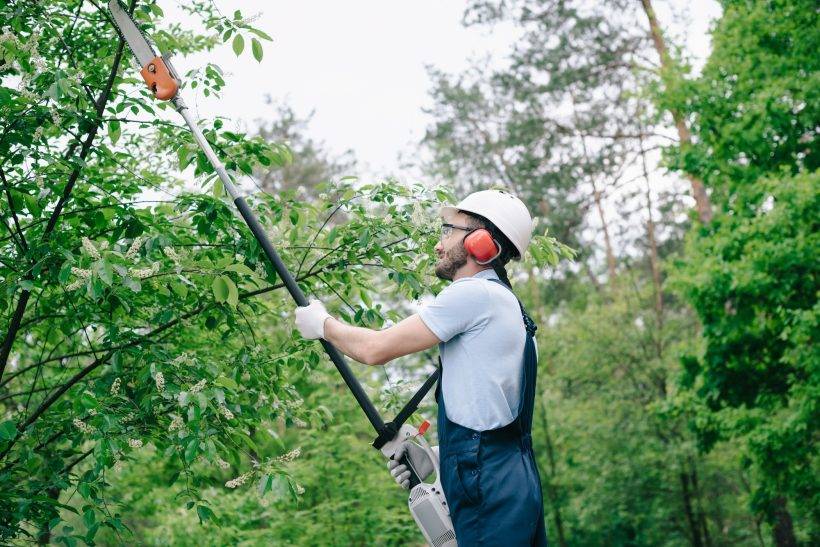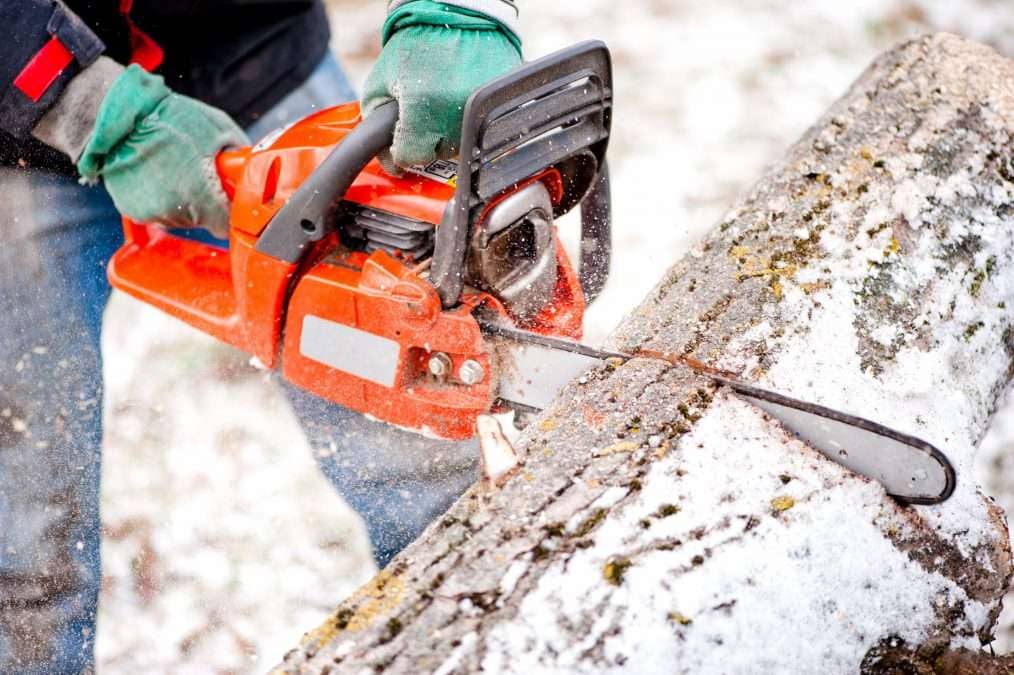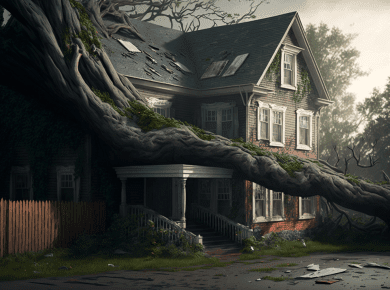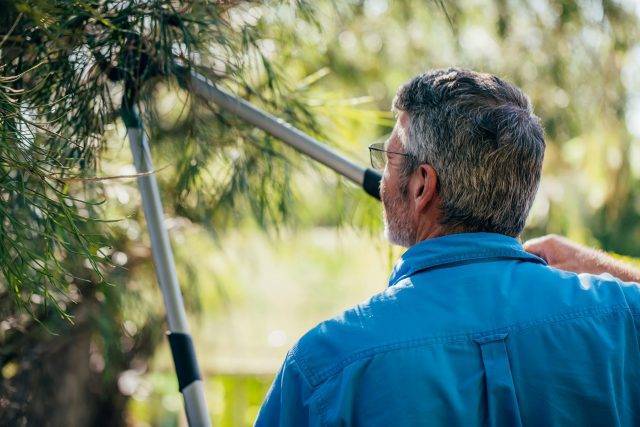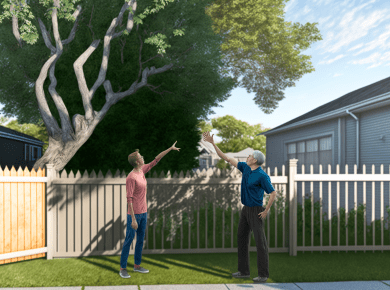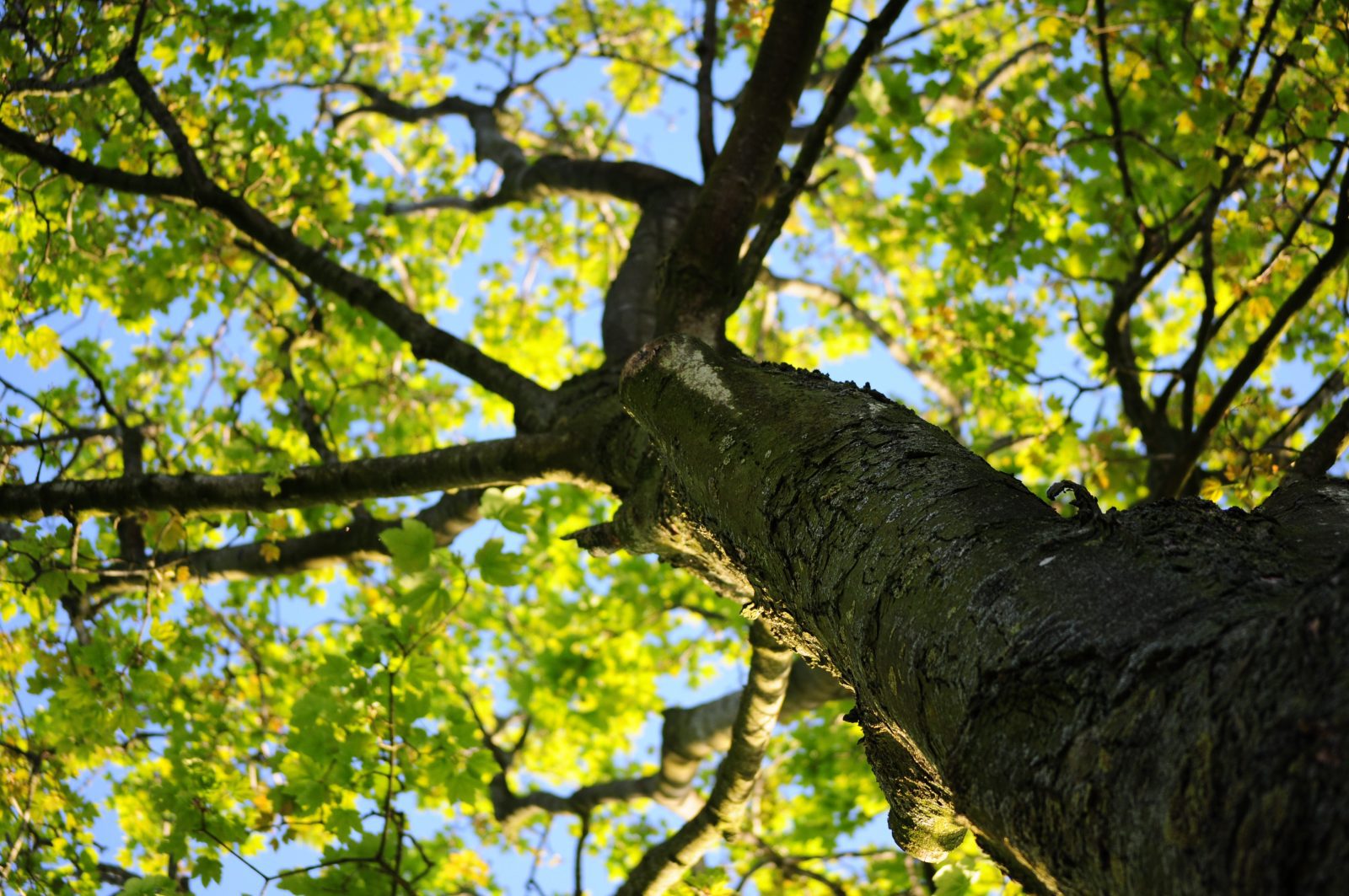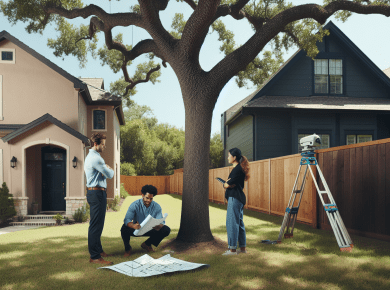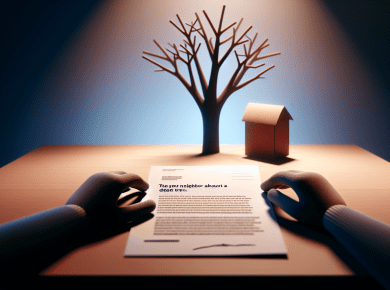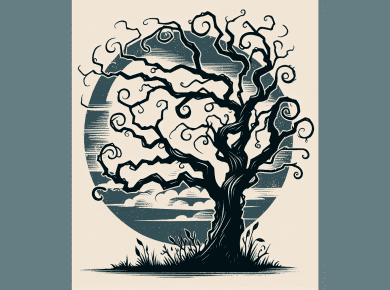Who is Responsible for Tree Damage? How to Determine a Party’s Liability in a Tree Trimming Accident.
Tree trimming accidents can happen to even the most seasoned of professionals. In fact, the Bureau of Labor Statistics reported that the tree trimming industry accounted for 36% of all landscaping and groundskeeping injuries requiring time off from work in 2012. Unfortunately, when these accidents happen on someone else’s property, they often result in lawsuits as well.
As such, it’s important for homeowners and business owners alike to understand how liability is determined in cases involving fallen trees or other types of tree damage caused by tree trimming services.
Who is responsible for cases involving trees?
When a tree falls due to disease, age, or storm damage, responsibility (and liability) generally falls on the owner of the property upon which the tree resides. However, there are exceptions to this rule. For example:
If a property owner has been warned by an arborist or other qualified professional that a tree poses a threat, and something happens to the property as a result of that tree falling or breaking off, the property owner may be held liable for damages.
It’s a sad reality that sometimes, trees are either damaged or destroyed during the trimming process. Trees can be knocked down by storms, and they can be damaged over time by fungus or insects. Whatever the cause, when a tree falls on your neighbor’s property or causes damage to it, you may be liable for the costs and damages.
It’s important to know your rights and responsibilities in these situations so you can avoid getting yourself into legal trouble. This guide will help you determine if you’re legally responsible for tree damage caused by trimming.
How to Determine a Party’s Liability in a Tree Trimming Accident
If you receive a letter from an attorney who represents a neighbor claiming that your tree has caused damage to their property, there are several loose ends to tie up before making any decisions. Here are some things to consider:
Was the tree trimmed? If not, then there is no liability for damages. The only exception is if the tree was dead or dying and you failed to remove it as required by law. In that case, you could be held liable for negligence if it fell on their property and caused damage.
Before you assume that a tree-trimming accident is just something that happens, it’s important to know who may be liable for the damage. When a tree-trimming company, or your city’s forestry division, trims trees in public spaces and on public rights of way, they are legally required to exercise due care.
A failure to take reasonable care can result in property damage, injuries, and even death. For example, if limbs or debris fall onto a moving car during a storm, the resulting accident could be catastrophic.
A simple rule of thumb is that tree trimmers need to exercise reasonable care when trimming trees in public places — like parks and streets. You shouldn’t have to worry about being struck by falling limbs or by falling trees while you’re walking down the street or sitting at home watching TV.
The same is true of private property owners who hire tree-trimming services. They are expected to exercise reasonable care when choosing which limbs and branches should be trimmed — and when doing so. But what happens if you’re injured by a falling branch? Who has responsibility for the damage?
